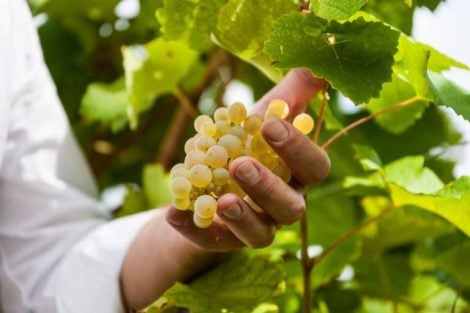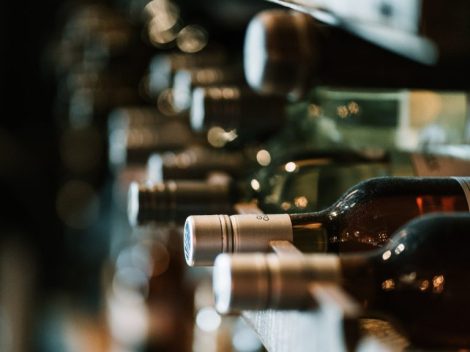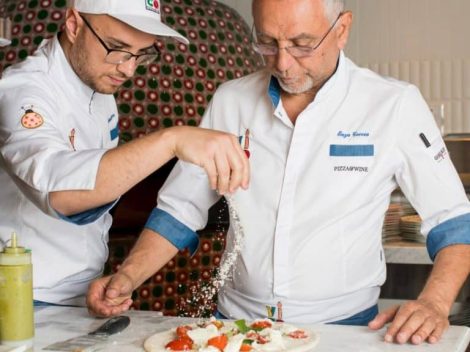For some years now, when talking about Sicilian wine, the focus has usually been on Etna, but nevertheless, Sicily remains a vast basin of territories and grape varieties. Among red grapes, the most well-known and also the most cultivated is obviously Nero d'Avola.
The information about its origins is rather confusing and fragmented, also because until the end of the 19th century, the grape variety was not called by this name. It was known as "calabrese," although it had nothing to do with the region beyond the Strait. "Calabrese" seems to be, in fact, the Italianization of the dialect term "calavrisi," where "cala" stands for grape, while the second part of the word refers to the town of Avola: in short, as if to say "Avola grape."
What seems certain, in fact, is the origin of the grape variety, which from the small center of Syracuse spread to Noto and Pachino and then subsequently to practically all the other wine-growing areas of the region. The recent past of Nero d'Avola is common to many grapes from southern Italy. When there was still a focus on quantity in viticulture, wines based on Nero d'Avola grapes left Sicily to lend substance to reds from even very renowned areas (not only Italian but also French) that might have been lacking in terms of color and substance.
Things have changed, and quite a bit: Nero d'Avola, from a grape for blending, has transformed into a grape capable of producing labels both for immediate consumption, especially when vinified exclusively in steel; and to be aged for a few years, with surprisingly complex and deep results. Vinified in purity, with modern technologies, it has proved to be one of the great structured Italian reds, intense and harmonious. Nero d'Avola is part of the composition of Cerasuolo di Vittoria and several other Doc wines, including some types of Marsala; it is a component of the blend of the most famous Sicilian table reds.
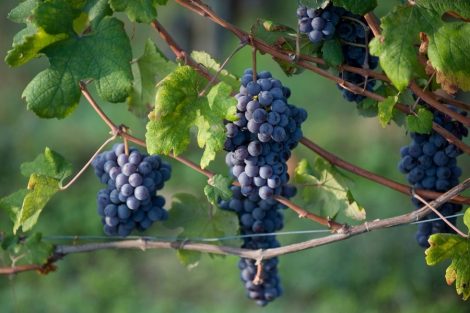
The Nero d'Avola with the best value for money
The following list gathers some of the Nero d'Avola tasted this year available in wine shops or online shops for less than 20 euros reviewed in the Berebene 2024 guide by Gambero Rosso, an excellent starting point to discover this important Sicilian grape variety.
The Nero d'Avola Spaccaforno 2020 from Riofavara is varietal in olfactory expression with hints of flowers and dark fruits, sea salt, and laurel. In the mouth, it is dynamic, with the classic ferrous stamp and good final extension. Massimo Padova, a professor by choice, a winemaker by vocation, manages his company with dedication and competence. Without chemical products, his biodynamic wines are always reliable and very territorial.
Exemplary is the Nero d'Avola 2020 from Biscaris, very typical and territorial, fine and with a beautiful drink, which conquers with its nuances of laurel, undergrowth, capers, and Mediterranean herbs. Five hectares of vineyard of this company are in Acate in the Ragusa area and are cultivated following the dictates of biodynamics, even in the cellar, manual work is carried out in the most natural way possible, avoiding clarification and stabilization and minimizing pumping over.
The Fatascià brand belongs to the large family of wineries managed by the Caviro group. Once again, shining for the advantageous value for money, we find Nero d'Avola. The 2022 version presents itself with an aromatic profile played on notes of sour cherry, Morello cherry, and Mediterranean scrub. In the mouth, it shows a juicy sip in which the tannic component gives some contrast to the warmth and sweetness of the fruit. Pleasant and well made.
With tones of red fruits, dog rose, and violet, on a mineral and delicately balsamic base, Luigia 2022 from Barone Sergio is a rosé of thickness and strong personality that reflects the territory; harmonious and balanced, it closes with a nice savory sparkle. In that area of the Val di Noto that many consider historically the homeland of the most typical Nero d'Avola, we find this house run by the same family for several centuries.
The excellent Nero d'Avola Versace 2021 opens on the nose with tones of iris and roses that fade into currant and cherry; balsamic and spicy nuances complete the dense bouquet. Vital and elegant in the mouth with a long fruity finish. Inside the 18th-century baglio that houses the elegant wine resort of Feudi, there is an ancient wine press with eight large tanks, which is probably the largest in Sicily.
From a range of very interesting and original wines, Tuttu 2022 (predominantly Nero d'Avola over other Sicilian cultivars, including white ones) is fascinating and refined, sunny, juicy, and fresh. Dario Serrentino's return to his roots is embodied in just over 20 hectares located in Val di Noto, not far from the Vendicari Reserve, conducted following the strictest tradition and naturalness.


 Non-alcoholic wines? Call them what you want, but they’re still a derivative of wine.” An Interview with Martin Foradori
Non-alcoholic wines? Call them what you want, but they’re still a derivative of wine.” An Interview with Martin Foradori The 8 best Trentodoc wines chosen by Gambero Rosso
The 8 best Trentodoc wines chosen by Gambero Rosso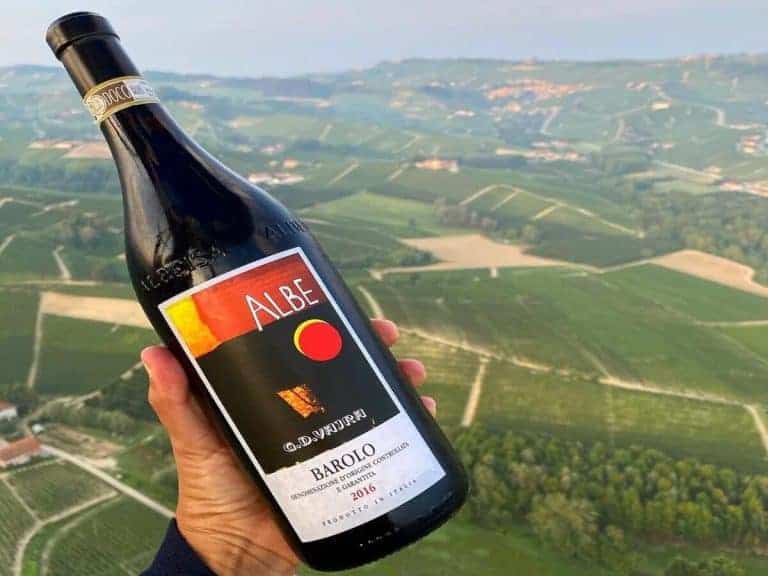 A Piedmont wine enters the top ten of Wine Spectator's "Top 100"
A Piedmont wine enters the top ten of Wine Spectator's "Top 100" Sparkling wines surpass still wines in Italian out-of-home consumption. Most popular during the aperitif
Sparkling wines surpass still wines in Italian out-of-home consumption. Most popular during the aperitif American Barbecue wins a Michelin star for the first time in history
American Barbecue wins a Michelin star for the first time in history